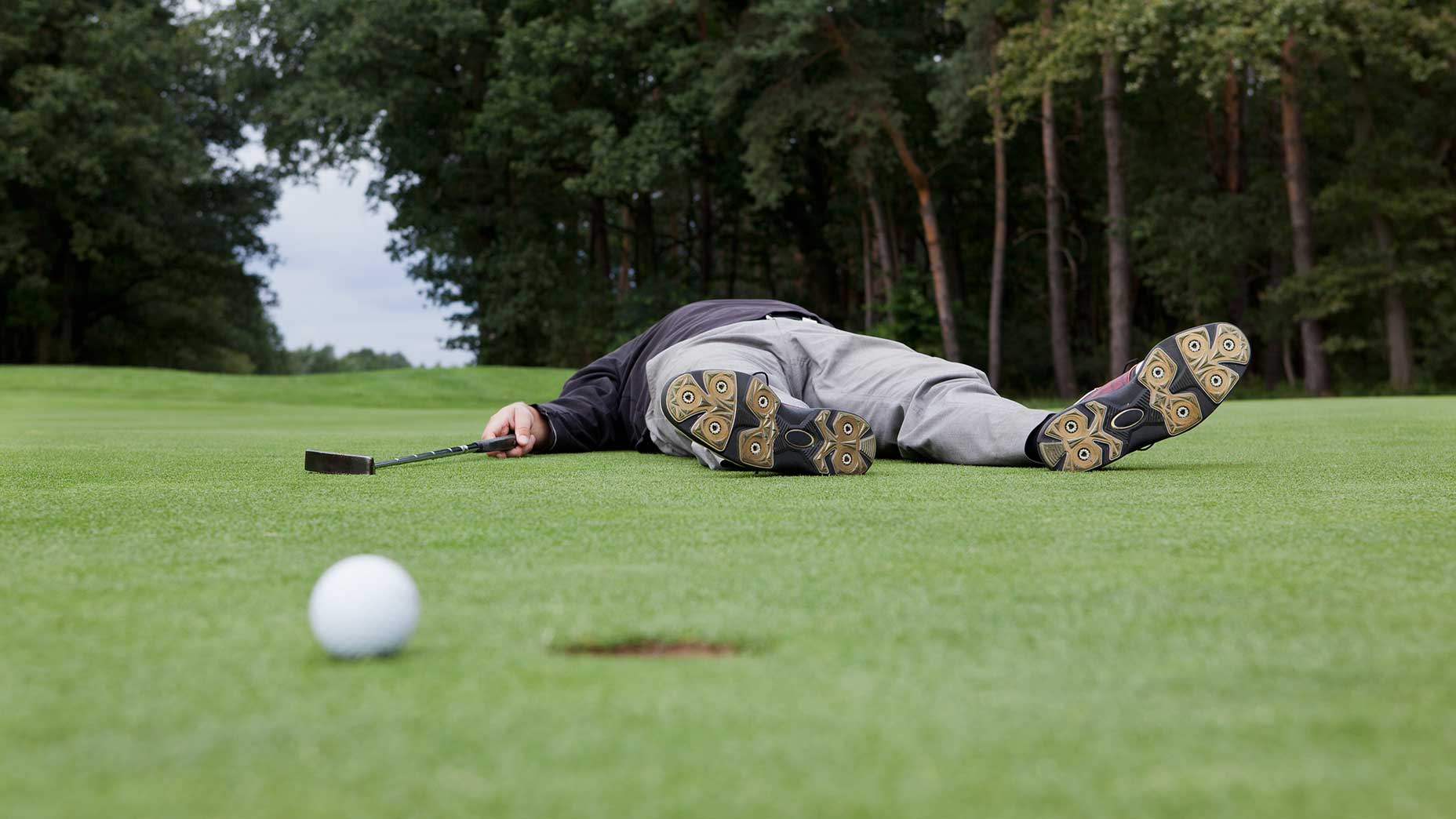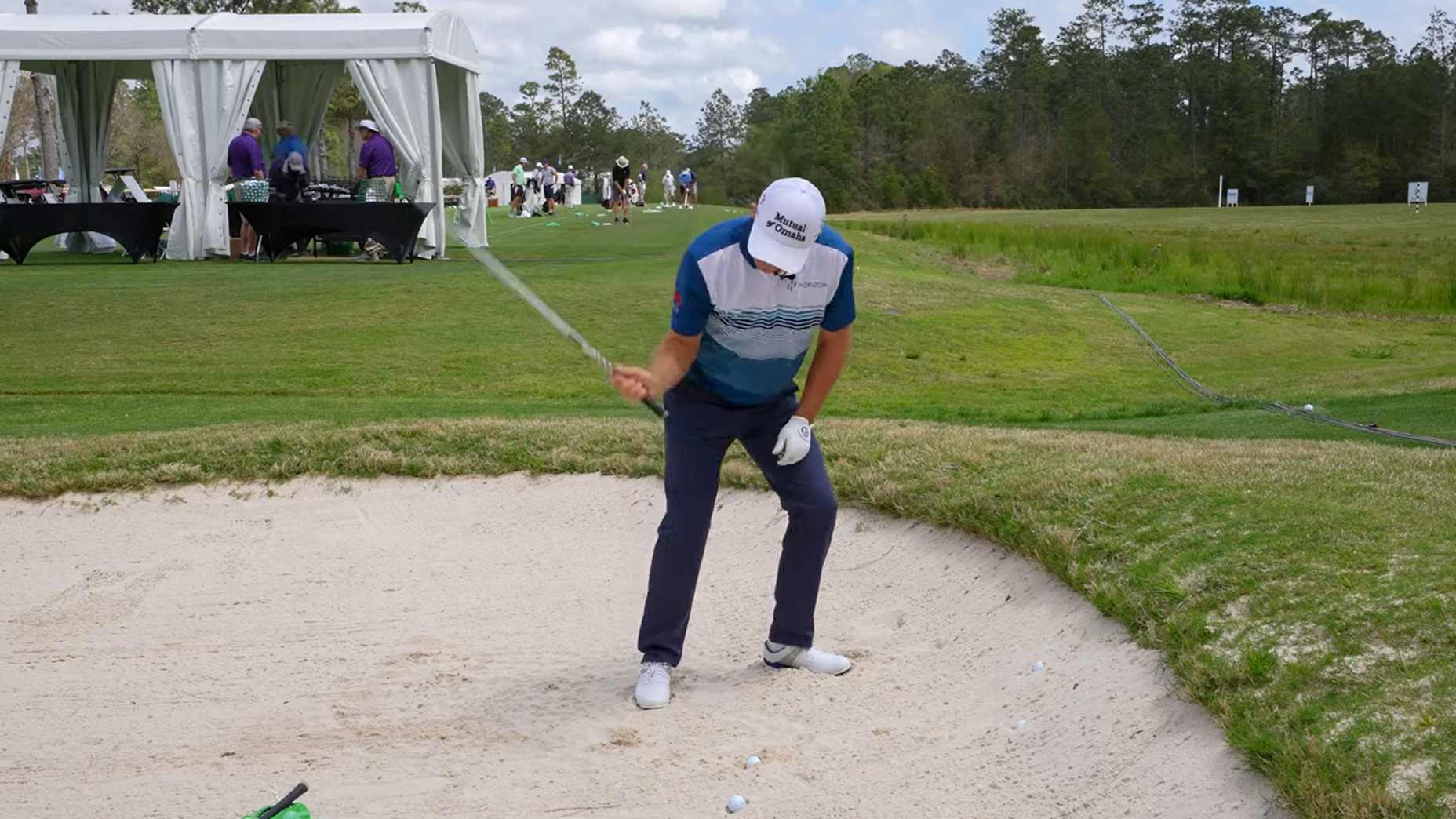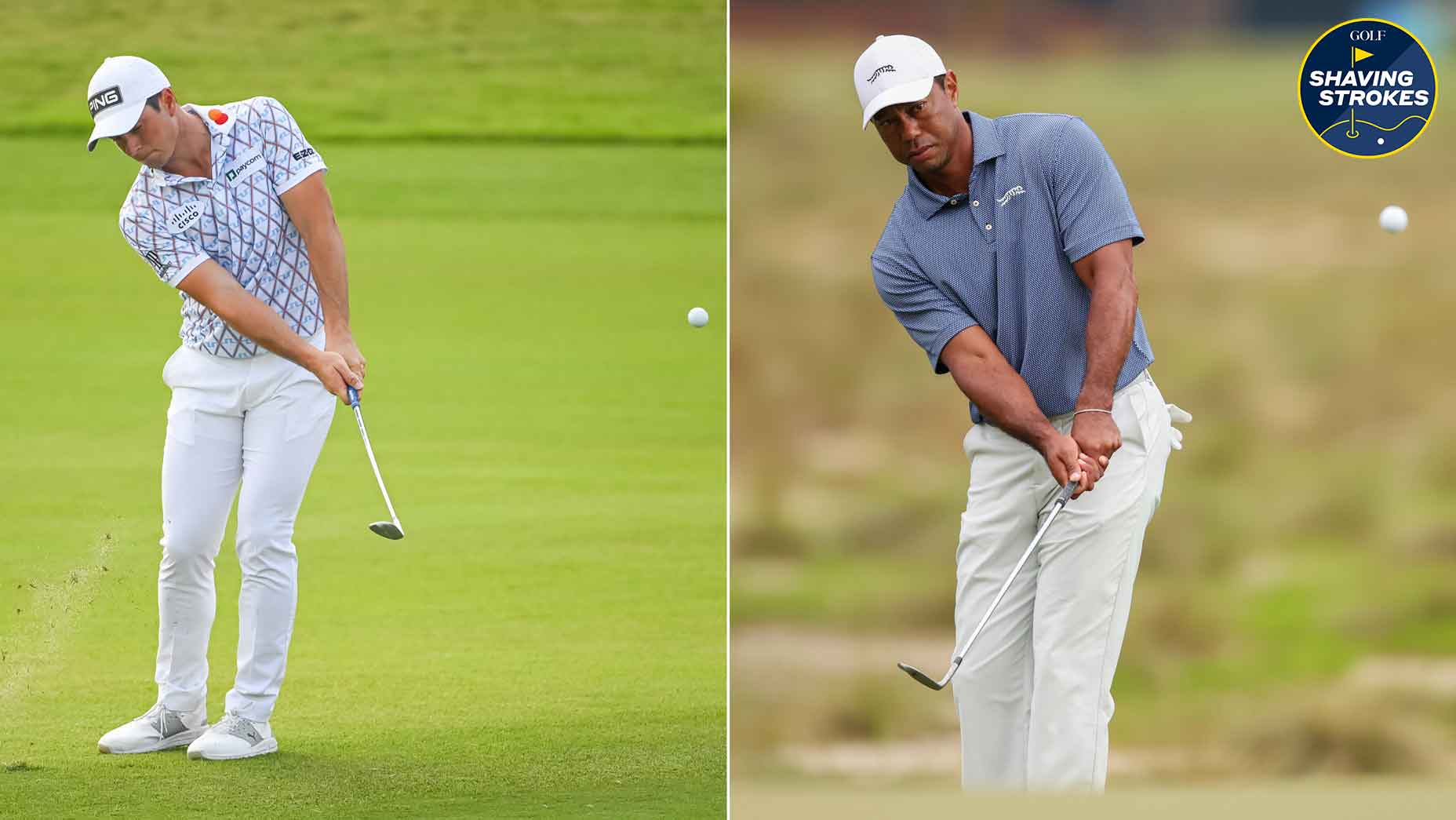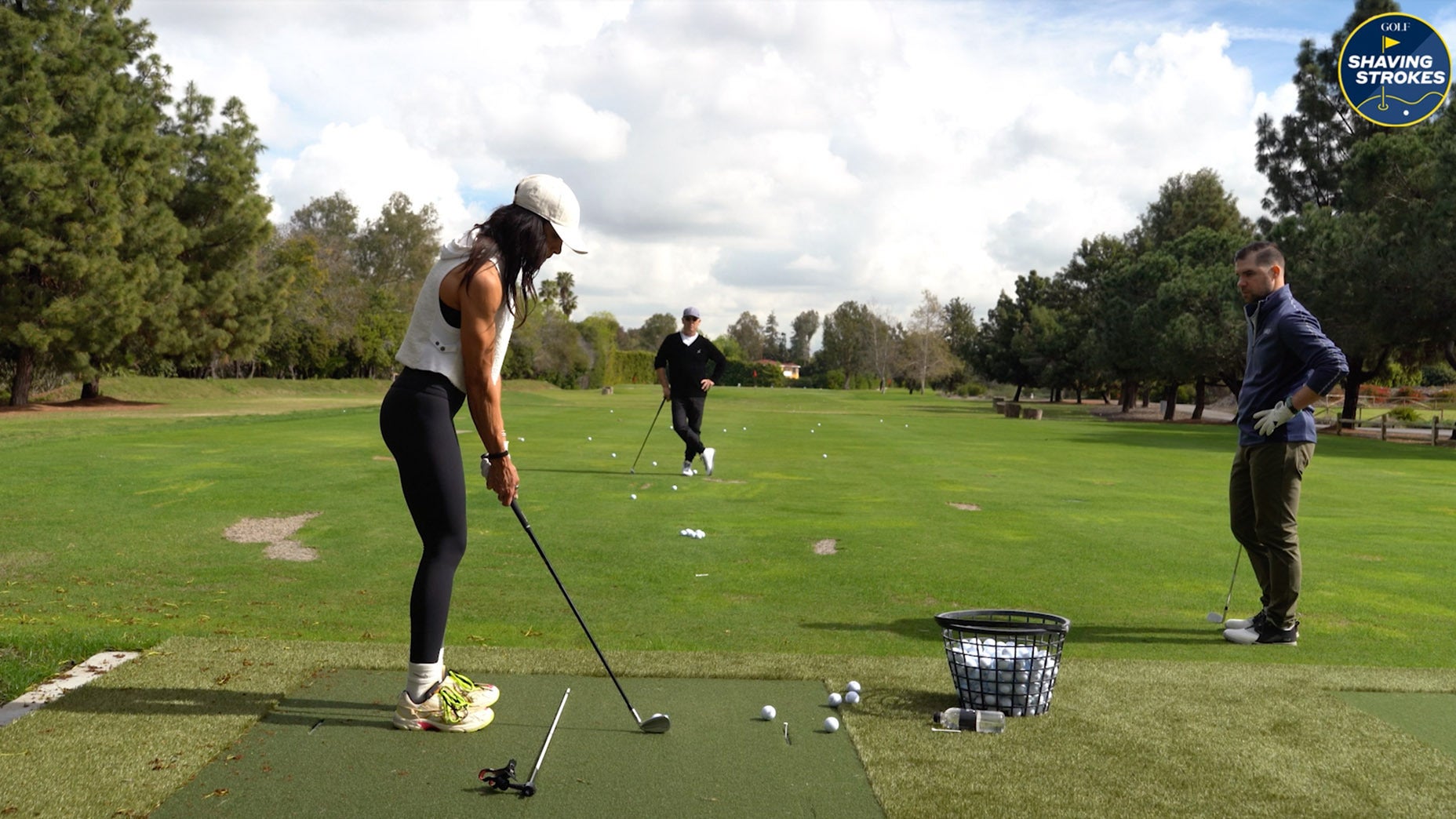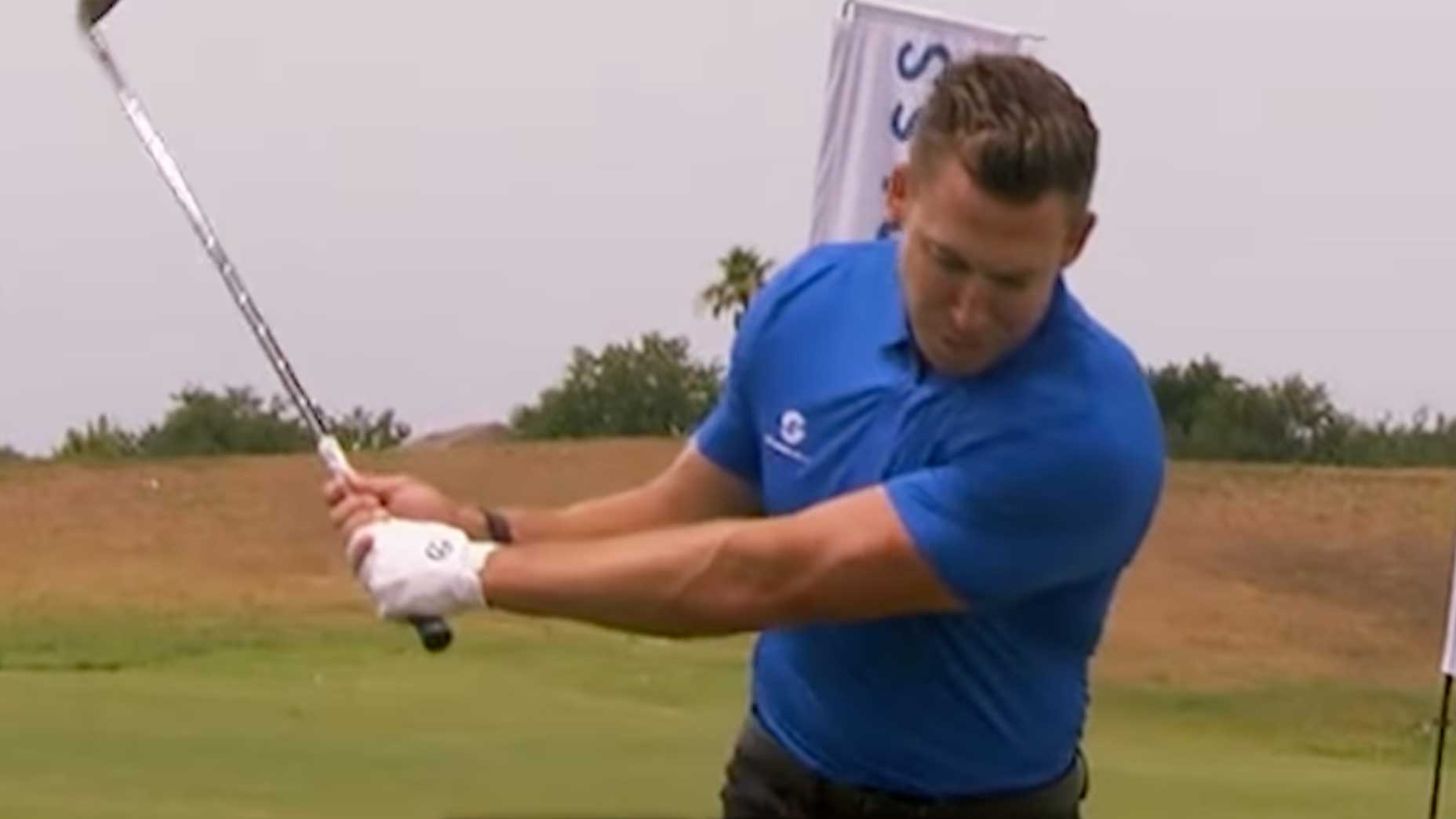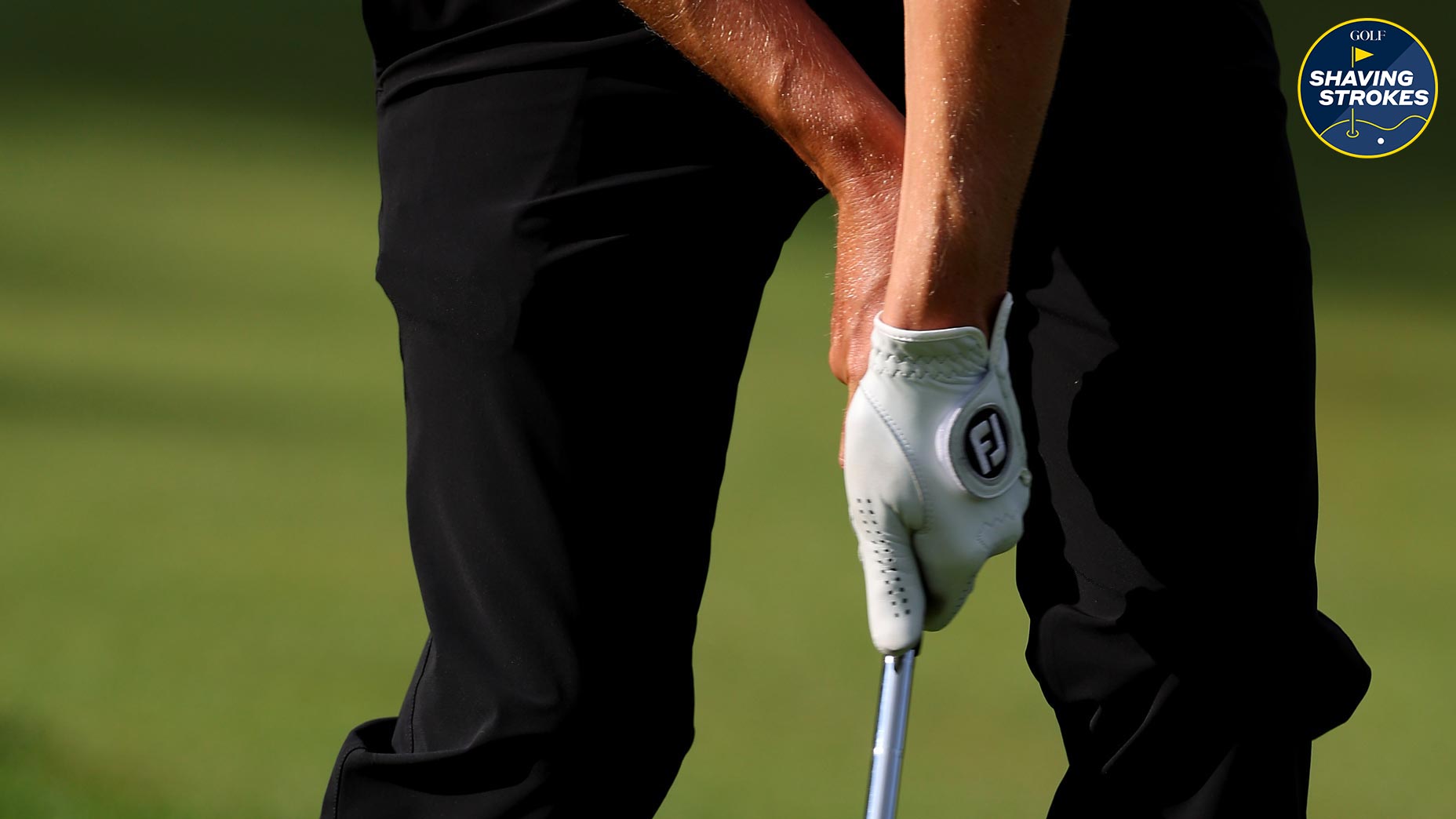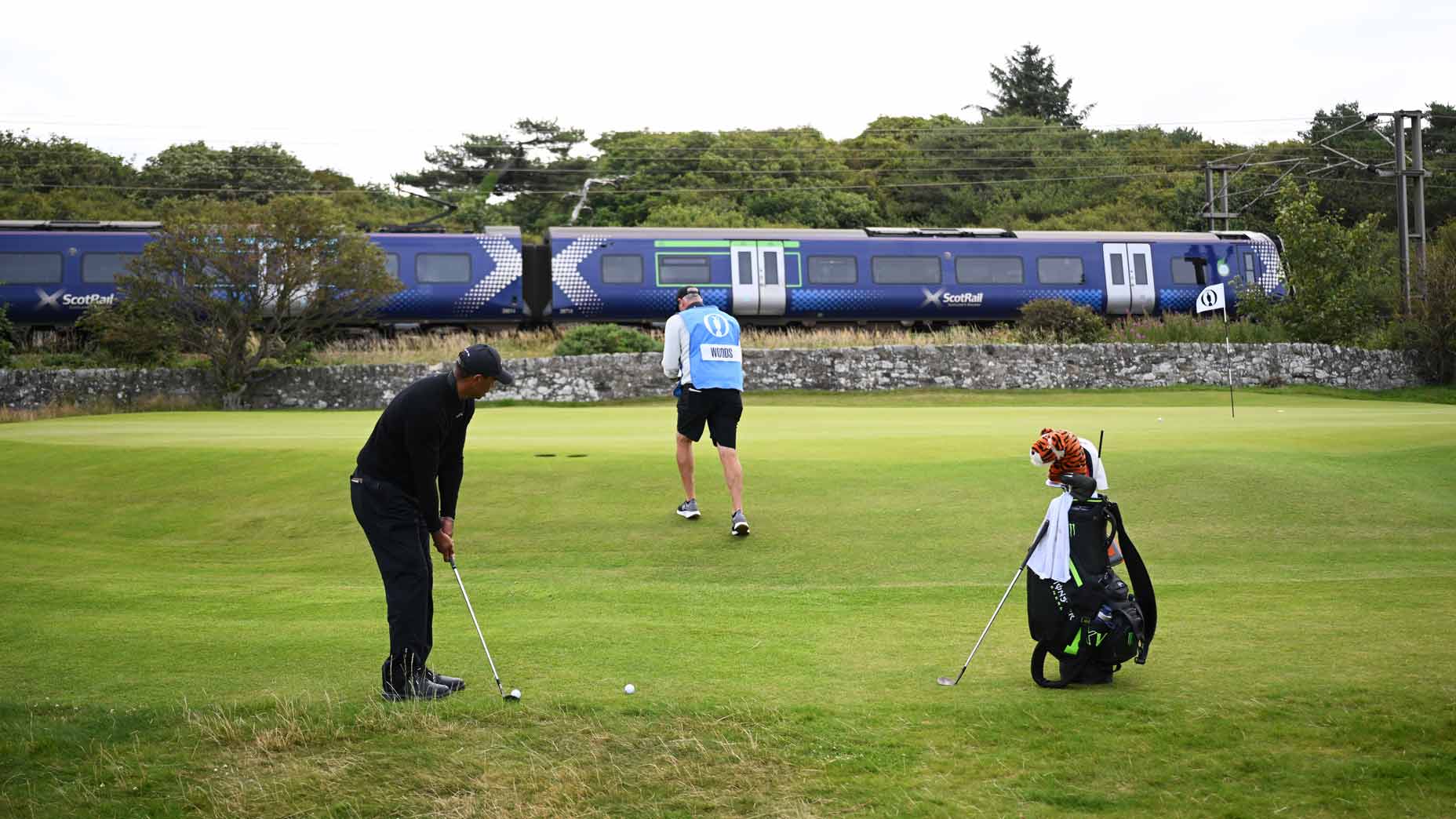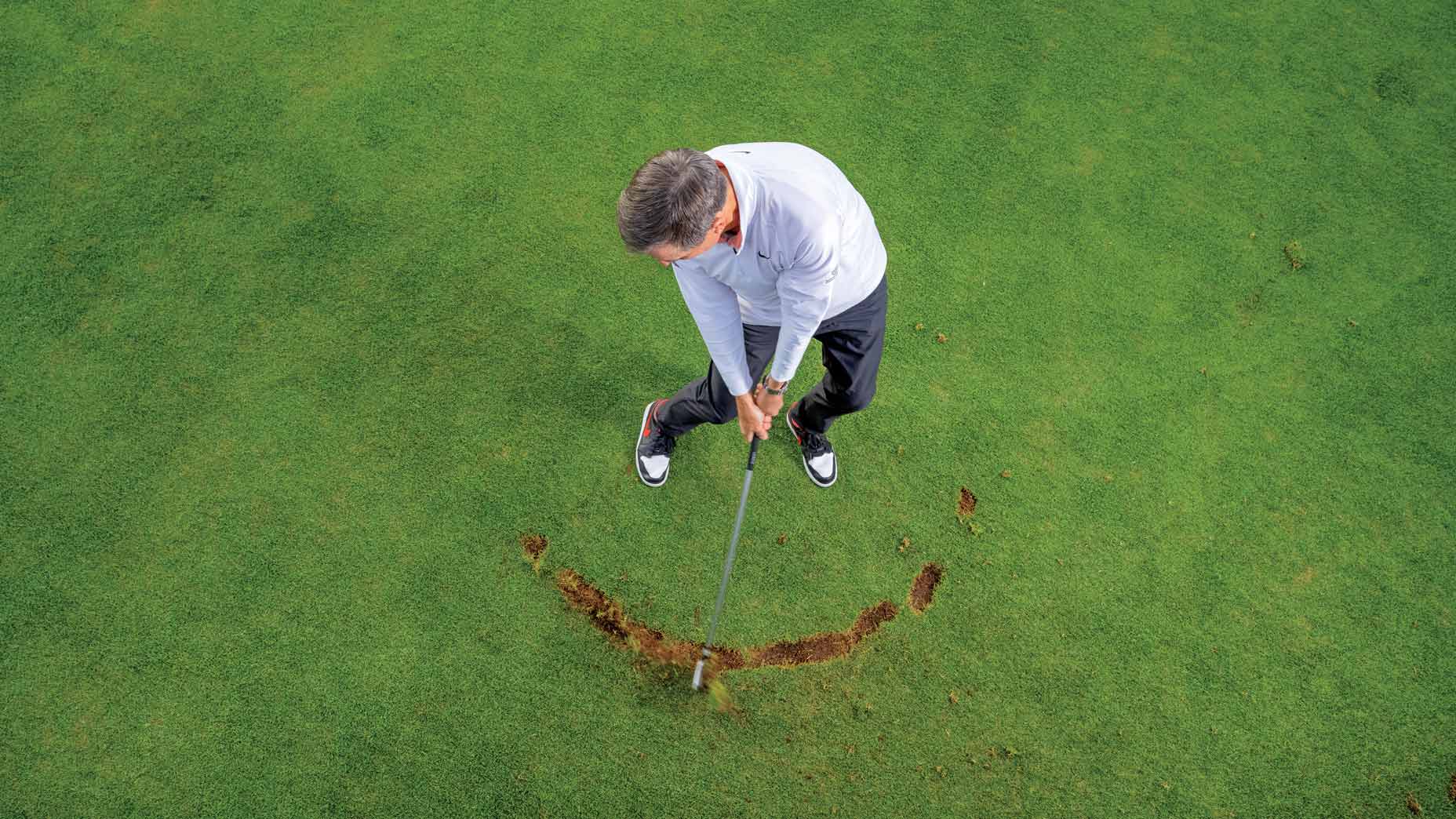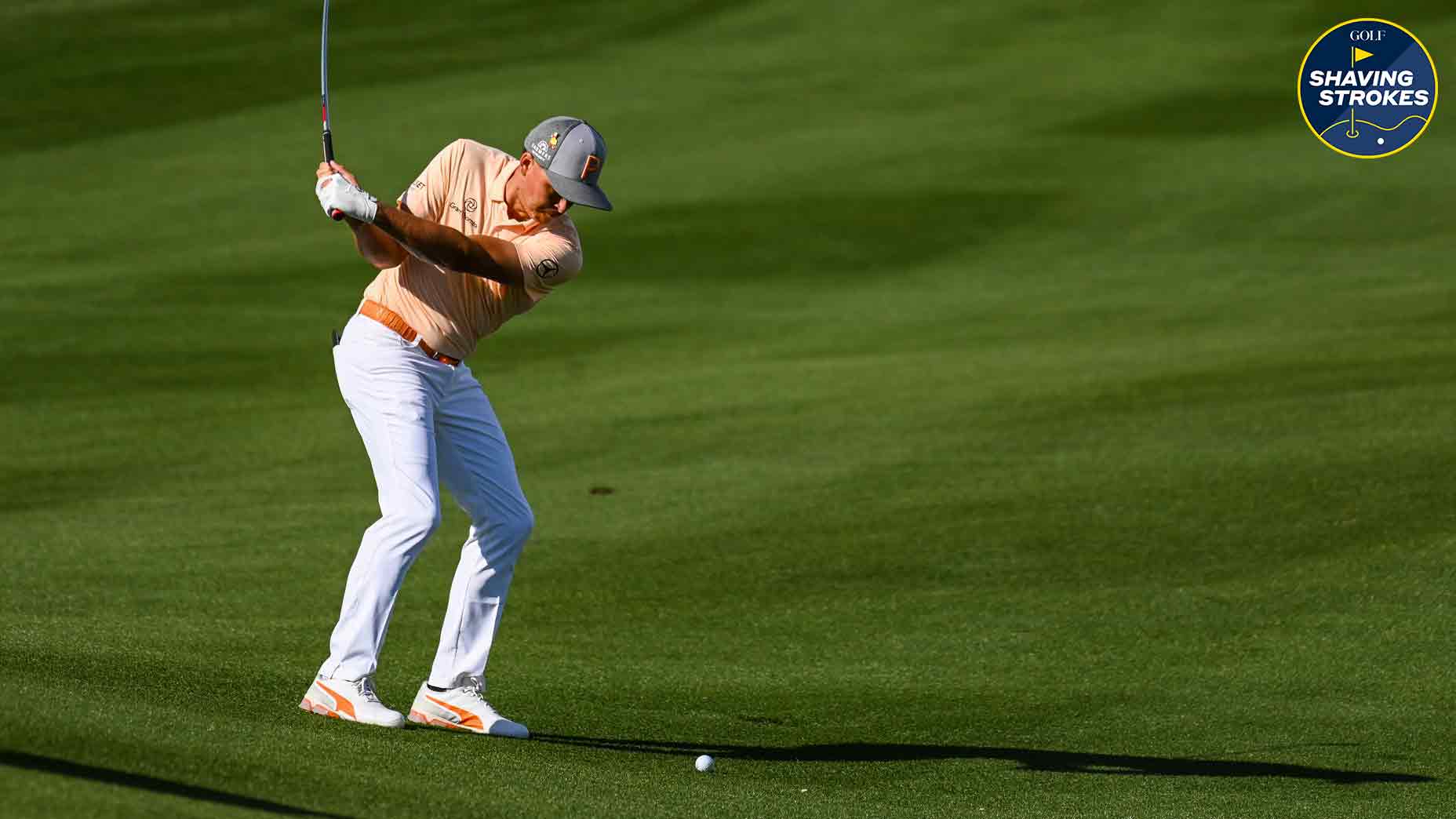The 4 most common mistakes amateur golfers make, according to a Top 100 Teacher
- Share on Facebook
- Share on Twitter
- Share by Email

According to GOLF Top 100 Teacher Jason Carbone, these are the most common mistakes amateur golfers make.
Getty Images
Despite our best efforts, amateur golfers like you and me continue to make the same mistakes over and over. Hey, that’s why we’re amateurs and aren’t playing on the PGA Tour, right?
As a 14-handicap, I know I’ve got to work on every aspect of my game. My drives seem to spray right. My putts always end up short of the cup. I dread ever playing out of a bunker. And while I can’t fix everything at once, at least I know I’m not alone in dealing with these common mistakes.
GOLF Top 100 Teacher Jason Carbone says the following issues are the ones amateur golfers make most frequently, and he provides some tips on correcting the mistakes.
Iron-scooping
Most amateur golfers lose distance because the clubhead isn’t trailing the grip at impact. But there is an easy way to fix this mistake — by using a pool noodle.
Get a pool noodle and cut off one-foot of it. Place it on the ground pointed at a target, so that the side that wasn’t cut is 90-degrees to the ground, and where your golf ball would be.
Address this “wall” with a 5-iron, and practice pushing your body into an impact position — where the entire face of the club is flush against the “wall”. There would be no loft on your 5-iron at this point.
10 dumb mistakes that ruin your roundBy: Josh Berhow
Once you feel impact with no loft, begin making some slow backswings, returning to the “No Loft” impact flush up against the “foam wall.” Once you accomplish this, make some easy half-back swings, returning the club toward contact and feeling “no loft” on the foam noodle. When done correctly, the club should slide across the ground and not elevate into the air.
By doing the above drill, you’ll get Tour-player impact, where the club is delofted, the handle is leading the clubhead, and the ball can be struck first and compressed.
Driver setup
Carbone says another common mistake from amateur golfers is their driver setup, with many players setting up their driver the same way they do with a 9-iron.
To improve both distance and accuracy, you’ll need a sweeping attack with your driver — and the below tip should help deliver that.
With your stance a bit wider than shoulder-width, position the ball under your left shoulder. Set up so your head is behind the golf ball and in the middle of your feet. Having your head behind the ball will help your club catch the ball on a more level or upward part of it’s arc.
Next, feel the club fall to the ground. You’ll notice the ball is now toward the toe. If you want to start with the driver on the ground, have the ball toward the toe side.
Lastly, place an alignment stick in the ground, pointed directly at your target. The front end should be about knee-high. Now tee up a ball directly in line with the stick, about 1-foot in front. From your new setup, simply clip the top of a tee while approaching from in and under the alignment stick. Do this until you miss the stick.
Bunker play
One of the most common mistakes amateur golfers make from the bunker is not focusing on the front part of the divot. But Carbone says the following tip should help correct this issue.
Place three tees in a row, all in line with the flag. The middle tee represents the golf ball. The back tee should be one golf-ball-width back, showing where to enter the sand. The front tee should be two golf-ball-widths in front.
2 steps to escape severely plugged bunker lies, according to Padraig HarringtonBy: Kevin Cunningham
Next, open your club face about 15 degrees and make your normal grip. Take a swing that gets all three tees to fly forward. If you can enter at the back tee and keep the club traveling through the sand to splash all three tees forward, you will create the correct size divot.
Finally, replace the center tee with the ball, but keep the back and front tees in the sand. If you can splash both remaining tees forward, the ball should pop out effortlessly each time.
Putting
To start seeing lower scores, making putts within 10-feet is critical. These putts need to start on the right line, so Carbone says to make sure your eyes are seeing the line correctly. The below drill can help accomplish this.
Using a chalk line, place two sheets of paper about one to three feet from the hole. Then place two more sheets of paper six to eight feet from the hole and under the chalk line.
Now snap the line — there will be two-foot sections missing.
When you set up to the back of the chalk line, do all the sections look aligned, or do any look like they are pointed to the left or right of the hole? If any look misaligned, experiment with raising or lowering your chin, getting taller or more crouched with your posture, getting closer or further away from the ball, or standing more open or closed until the lines all look directly in line with each other and to the hole.
Once you accomplish the above drill, you’ll see shorter putts falling into the cup more frequently — even when the pressure is on.
Latest In Instruction

Nick Dimengo
Golf.com Editor

